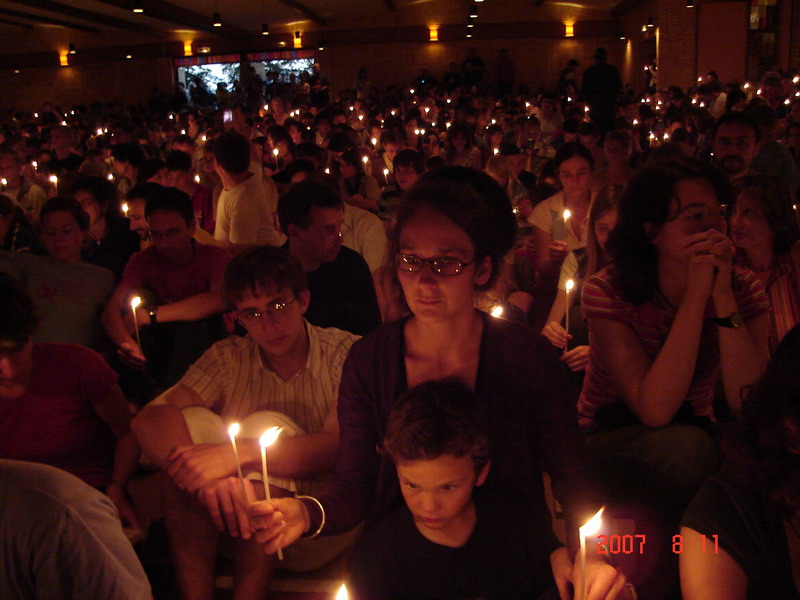Advice for parents
- Remind your children ahead of time about expected behavior. This may vary from church to church. I ask children to keep their voices down to an absolute whisper except when the congregation is singing (or passing the Peace). Apart from Communion, I ask them to stay in the Play and Pray area (and to move slowly and quietly).
- Come a little early. Your child might well want to share some news with me, or make small talk. This is easier to do before the service has started. Coming early also allows the child time to orient themselves and settle down. (If you come too early, though, we might not have finished setting up yet!)
- Leave your child's own toys at home. We have selected the Play and Pray materials with care. Just as our worship space is not like your living room, so our "toys" are not like all the other toys your child has at home. In fact, I like to think of them as worship materials rather than toys.
- Once you've dropped your child off, sit elsewhere. The Play and Pray area is as much for you as for your children in that we want to give you the freedom to listen to the sermon without worrying about your kids. If there's a huge discipline problem, I'll come get you. Otherwise, please assume that I'll deal with it. Give me and your child the freedom to do our own thing.
- Let your child know they may make their own choices. In my Play and Pray area, children choose for themselves what to do most of the time. The only exceptions are that we stand to listen to the Gospel, we may greet each other at The Peace, and we all go forward for Holy Communion or blessings. At other times, children may want to follow along with what the other congregants are doing, or watch what the priest is doing. They may choose to read a book, to color, or to work with our worship materials. They may want to pray, look around the space, or just sit quietly. It is their choice.
p.s. Re-reading this after posting, I find it all sounds very stern. I'm sorry about that. My goal with our Play and Pray area is to help your children feel that they belong and that they matter - in church, to our congregation, to God! I enjoy worshipping with them. Thanks for bringing them to church!










